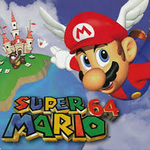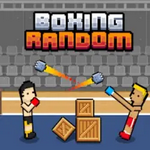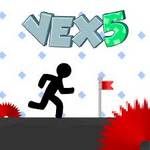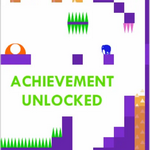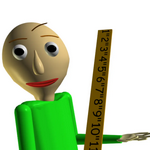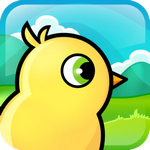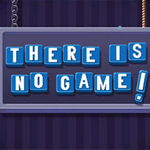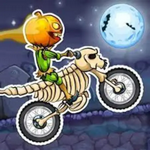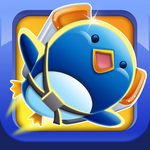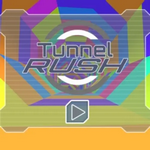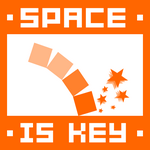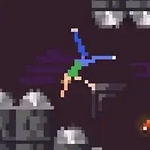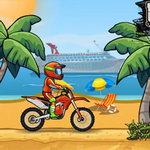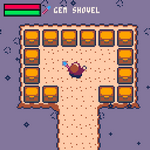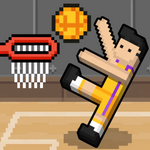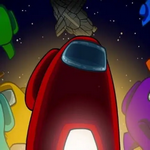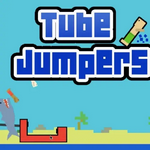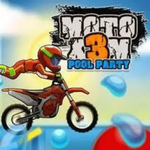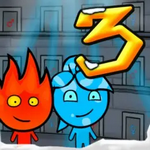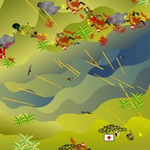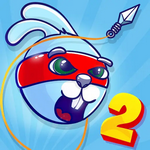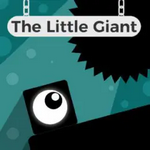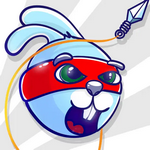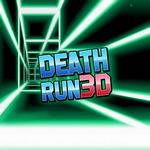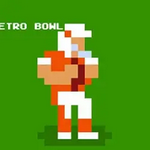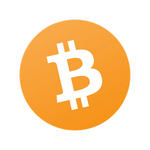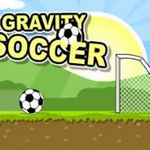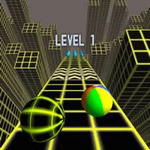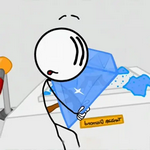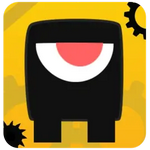
achievement unlocked Unblocked
## Achievement Unlocked: A Look at the Gamification of Real Life
We all love the feeling of accomplishment. The thrill of finally conquering that challenging level, the satisfaction of earning a coveted badge, the pure joy of unlocking that elusive achievement. But what if we told you that these feelings weren't limited to the virtual world?
Achievement Unlocked, the term synonymous with digital success, is increasingly finding its way into our daily lives. It's a phenomenon known as gamification, the application of game mechanics and design principles to non-game contexts. From fitness apps to educational platforms, from loyalty programs to productivity tools, the spirit of gaming is slowly but surely permeating every facet of our existence.
Why is this happening? The answer lies in our innate desire for reward and recognition. Gamification taps into our natural instincts, motivating us to engage, learn, and strive for better. By introducing elements like points, badges, leaderboards, and virtual rewards, it creates a sense of purpose and progress, turning mundane tasks into engaging challenges.
The Benefits of Gamification:
* Increased Motivation and Engagement: Gamified systems make tasks more fun and rewarding, leading to greater participation and sustained effort.
* Enhanced Learning and Skill Development: By breaking down complex tasks into smaller, achievable goals, gamification fosters a sense of accomplishment and encourages continuous learning.
* Improved Productivity and Performance: Competition and the pursuit of achievement can drive individuals to push their limits and achieve higher levels of productivity.
* Enhanced User Experience: Gamified platforms offer a more interactive and enjoyable user experience, keeping users engaged and coming back for more.
Examples of Gamification in Action:
* Fitness Apps: Apps like Fitbit and Strava use gamification elements like points, badges, and leaderboards to motivate users to stay active and achieve their fitness goals.
* Educational Platforms: Platforms like Duolingo and Khan Academy use game-like features like points, levels, and progress bars to make learning more engaging and interactive.
* Loyalty Programs: Many retailers and brands utilize gamified loyalty programs with points, tiers, and rewards to incentivize customer engagement and repeat purchases.
* Productivity Tools: Apps like Habitica and Focus@Will use gamification to turn work into a game, encouraging users to stay focused and achieve their goals.
The Future of Gamification:
The future of gamification is bright. As technology continues to evolve, we can expect to see even more innovative and engaging ways to apply game mechanics to our daily lives. From personalized learning experiences to virtual worlds that seamlessly blend reality and fantasy, the possibilities are endless.
The key to successful g
